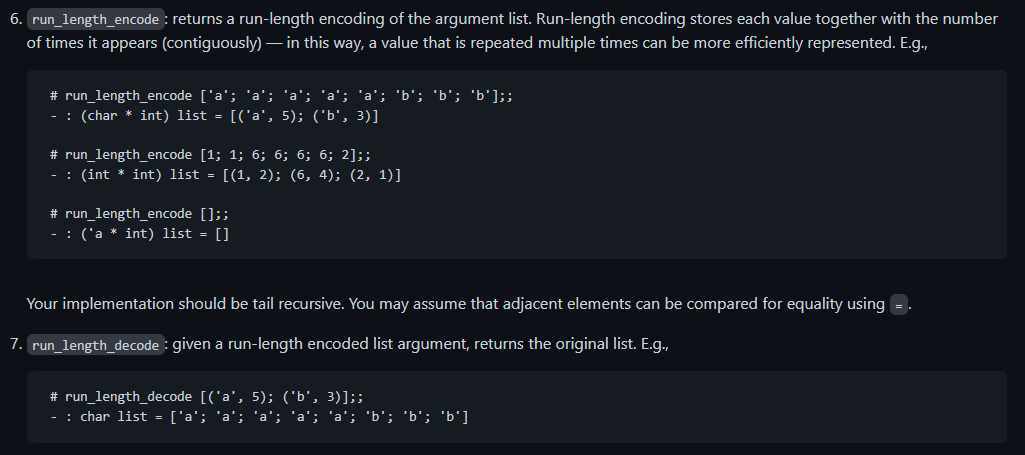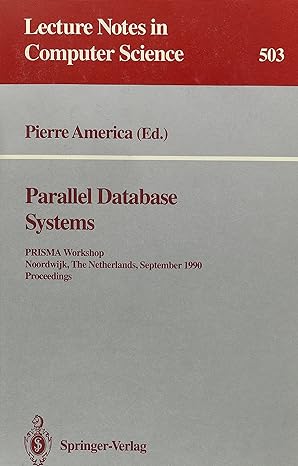Answered step by step
Verified Expert Solution
Question
1 Approved Answer
Exercises should be completed using the OCaml programming language with code presented. Unless explicitly mentioned, built-in functions or special forms should not be used. If
Exercises should be completed using the OCaml programming language with code presented.
Unless explicitly mentioned, built-in functions or special forms should not be used. If you wish, however, you may implement helper functions
Step by Step Solution
There are 3 Steps involved in it
Step: 1

Get Instant Access to Expert-Tailored Solutions
See step-by-step solutions with expert insights and AI powered tools for academic success
Step: 2

Step: 3

Ace Your Homework with AI
Get the answers you need in no time with our AI-driven, step-by-step assistance
Get Started


